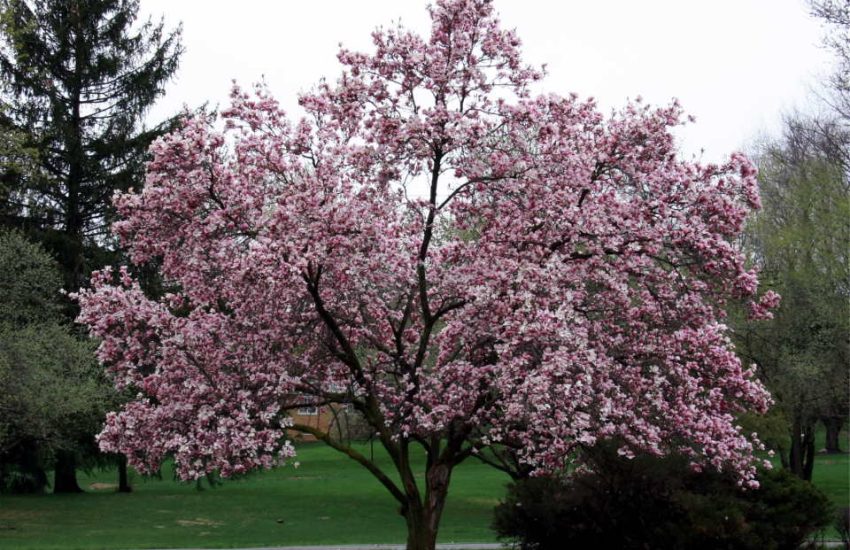When to Fertilize Ferns in Michigan: Best Timing for Healthy Growth
Ferns in Michigan really get the most out of fertilizer during their active growing season, which usually runs from late spring into early summer. Feeding them then helps kickstart healthy frond growth and keeps the plants looking lively.
The best time to fertilize ferns in Michigan is between April and June, skipping the colder months when everything just slows down.
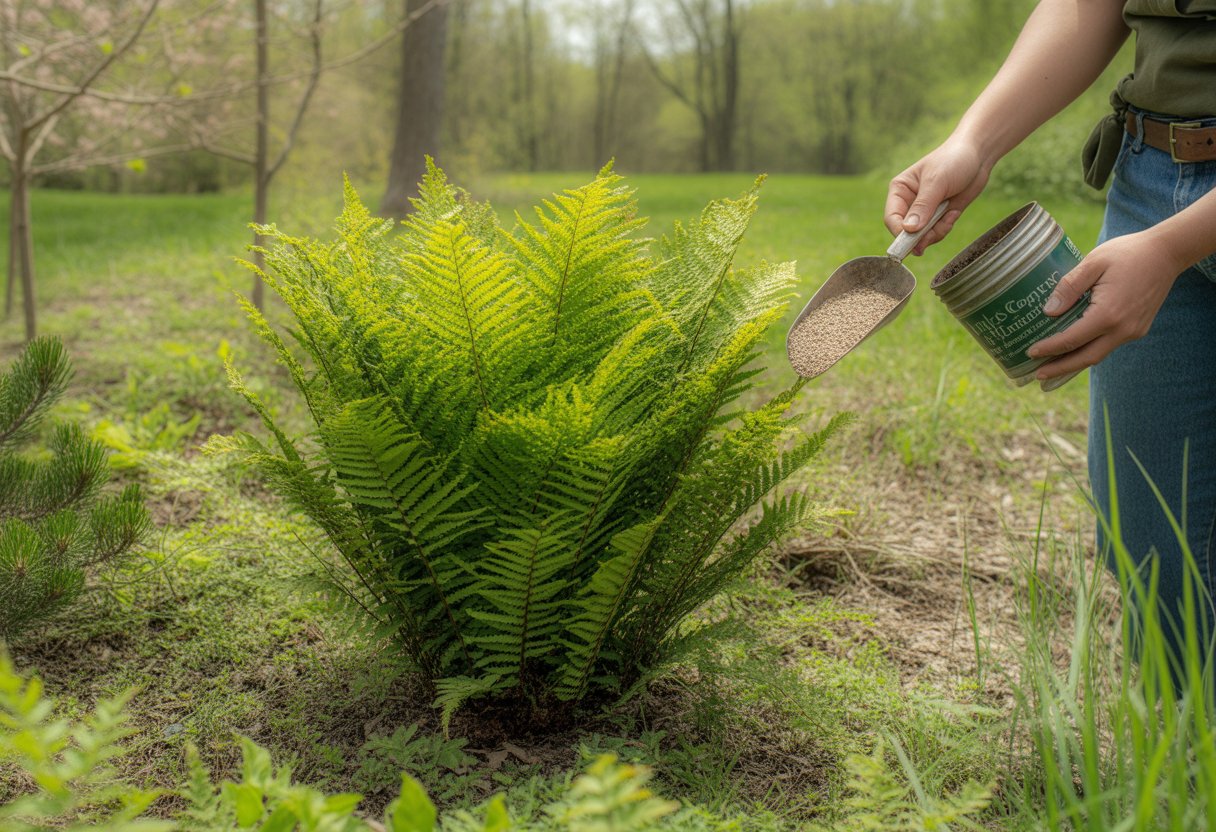
If you overdo the fertilizer or feed at the wrong time, ferns can get damaged or end up growing weak and floppy. Timing matters, since the nutrients only help if the plant’s actually using them.
Gardeners should tweak how often and how much they feed based on the specific fern species and whatever weird Michigan weather is happening that year.
Best Timing to Fertilize Ferns in Michigan
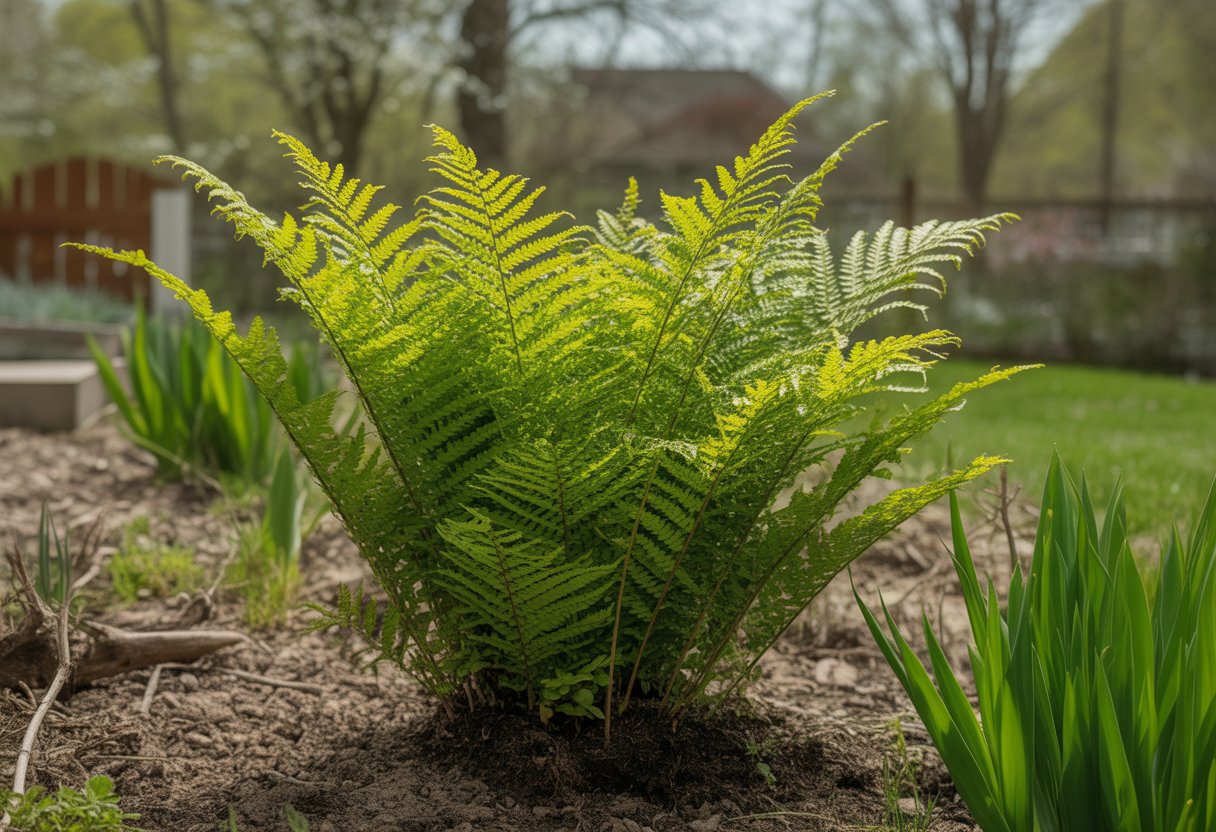
Fertilizing at the right time gives ferns a real boost, especially for frond growth. You want to pay attention to the season and what your ferns seem to be telling you.
Seasonal Fertilization Guidelines
In Michigan, focus on fertilizing ferns during the growing season—from early spring to late summer. That’s when they’re busy pushing out new fronds and actually soaking up nutrients.
Skip fertilizing in fall or winter. Ferns go dormant, and extra food won’t do them any good (and might even hurt).
A balanced, water-soluble fertilizer, something like 10-10-10 or 20-20-20, works well. Most folks go with every 4-6 weeks during the main growing months.
Dilute the fertilizer to half strength to avoid frying the roots. It’s tempting to go full strength, but trust me, ferns don’t need that much.
If your ferns are in shaded or woodland spots, you might not need to fertilize as often. Those soils usually have more organic matter—nature’s own slow-release food.
Signs Ferns Need Fertilizer
Ferns will usually let you know if they’re hungry. If fronds look pale or yellowing, that’s often a sign they’re low on nitrogen.
Thin, sparse fronds? Probably not enough fertilizer. If the fronds are smaller than usual or growth seems sluggish, the soil might not be cutting it.
If frond edges turn brown early in the season, it could mean they’re short on potassium or phosphorus.
Take a look at your ferns every so often. Catching these signs early and giving them a little boost can really help them bounce back.
Choosing the Right Fertilizer for Ferns
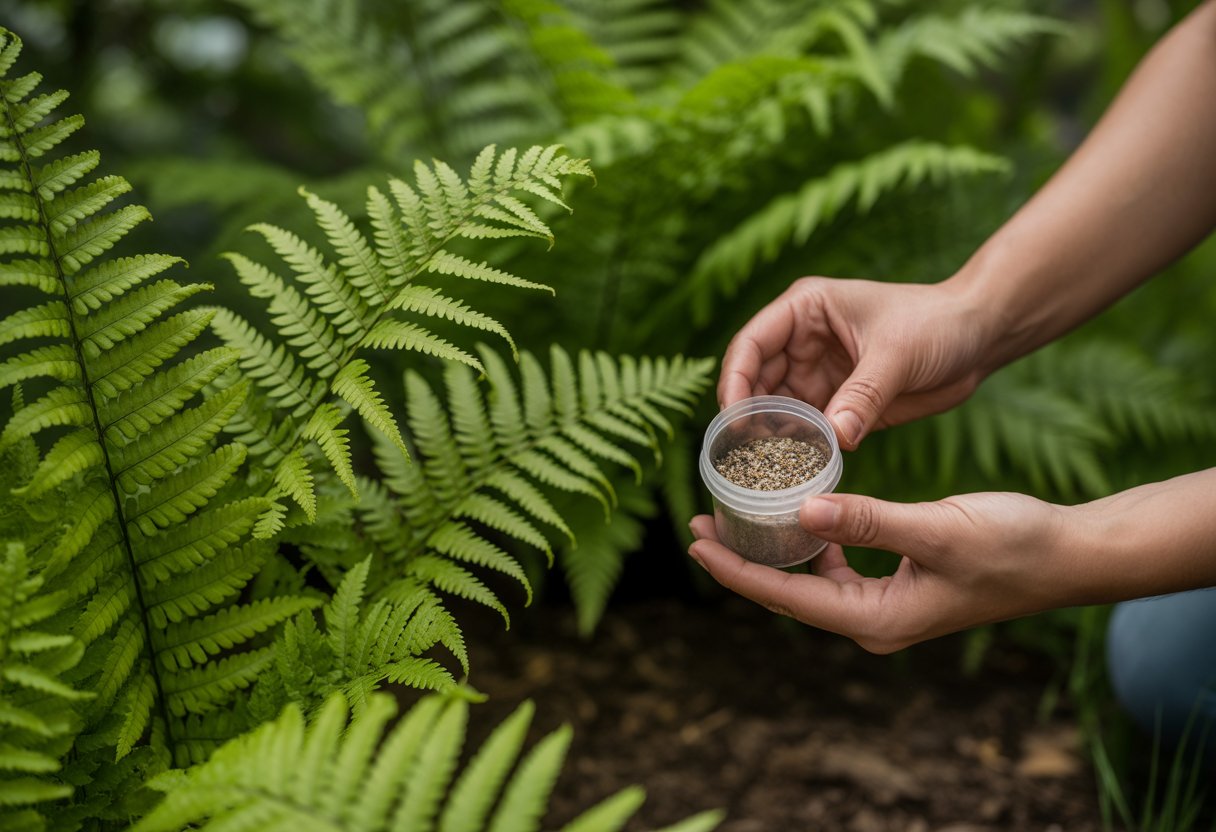
Picking the right fertilizer is a balancing act—nutrients, ease of use, plant health, all of it. Not all fertilizers act the same, and that can make a difference for your ferns and your soil.
Organic Versus Synthetic Fertilizers
Organic fertilizers, like compost or manure, feed ferns slowly and help the soil structure and microbes. Ferns seem to love that slow, steady approach.
Synthetic fertilizers give nutrients fast, in a concentrated burst. They’re often designed for lush foliage, which ferns appreciate, but if you use too much, you could harm the roots or the whole soil ecosystem.
It’s worth thinking about the environmental angle with organics, but sometimes you just want the convenience and precision of synthetics. No shame in either choice.
Benefits of Granular Fertilizer
Granular fertilizers come as little pellets and release nutrients slowly with each watering. That slow trickle helps protect delicate fern roots from burning.
They’re pretty easy to sprinkle around the base of your plant, and one dose can last for weeks. Less work, honestly.
Most granular options have a good balance of nitrogen, phosphorus, and potassium, which helps both roots and fronds without those wild growth spurts.
Using Miracle-Gro on Ferns
Miracle-Gro is everywhere—liquid, granular, you name it. The balanced mix works for most ferns.
If you go with Miracle-Gro, stick to the directions. Overdoing it can backfire.
Diluted liquid Miracle-Gro every 2-4 weeks during the growing season works well. For granular, use it sparingly and water it in so you don’t scorch the roots.
It definitely encourages strong growth, but keep an eye on your ferns so you don’t overfeed.
Proper Fertilization Techniques and Maintenance
Fertilizing ferns in Michigan takes some care. You want to help them grow, not accidentally set them back.
Applying fertilizer evenly and taking care of old fronds makes a bigger difference than you might think.
How to Apply Fertilizer Safely
Use a balanced, water-soluble fertilizer, like 20-20-20, diluted to half strength. Every 4 to 6 weeks in the growing season is usually enough.
Spread fertilizer around the base, but keep it off the fronds to avoid burning them. Water right after so the nutrients get into the soil instead of sitting on the leaves.
If you use a slow-release fertilizer, it’s even easier to avoid overfeeding, especially in Michigan’s shady or damp gardens. Don’t fertilize during dormancy or late fall, since the plant can’t use it and might get stressed.
Managing Dead Fronds During Fertilization
Cut off dead fronds before you fertilize. That way, nutrients go to new growth, not old, decaying leaves.
Use clean, sharp scissors or pruners and snip them at the base. It also helps with airflow and lets in more light, which ferns appreciate.
Keep an eye out for new fronds after cleanup. But if you notice a lot of dieback, hold off on fertilizing—there could be drainage or pest problems to solve first.
Troubleshooting Common Fertilization Issues
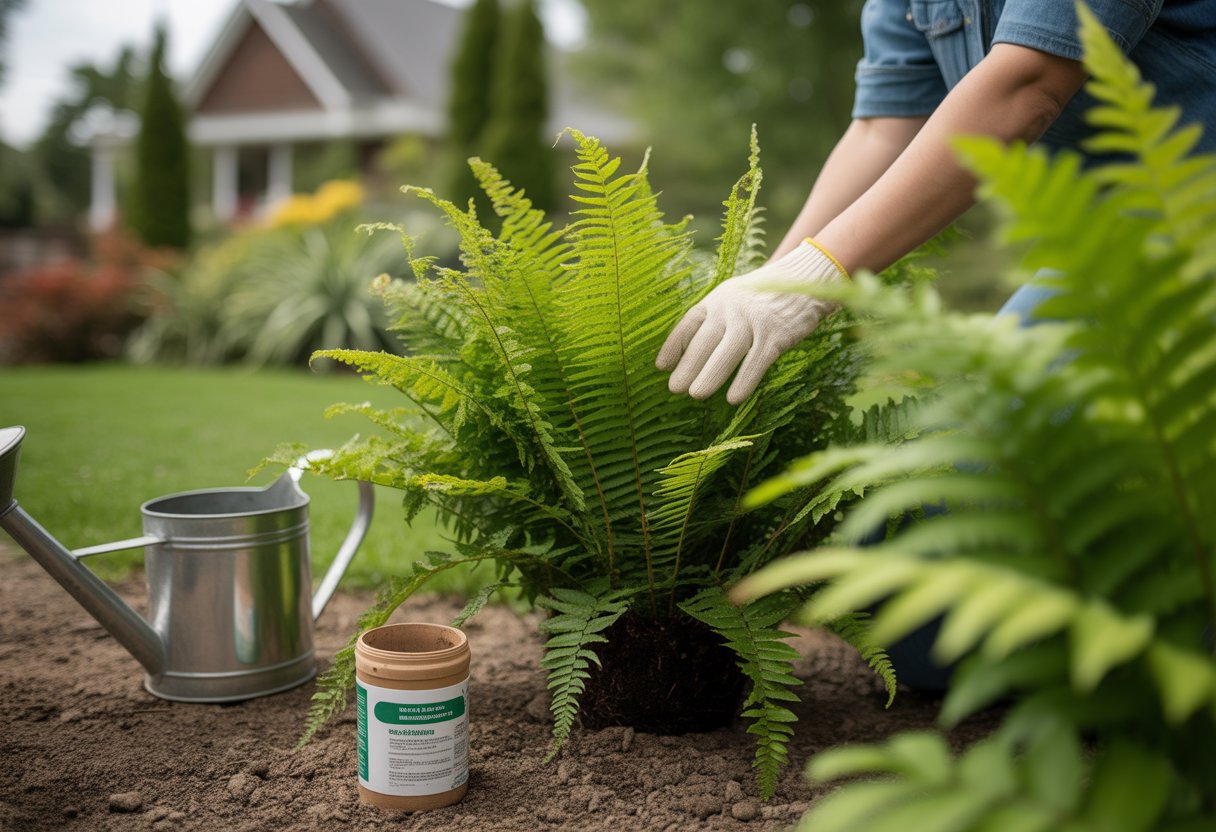
Sometimes, fertilizing ferns in Michigan brings more trouble than help—pests, wildlife, you name it. Spotting and dealing with these issues quickly makes life easier for both you and your plants.
Preventing Fertilizer-Related Pests
Fertilizers with lots of nitrogen can attract ants, aphids, and spider mites. Over-fertilized ferns have more sap, which pests love.
Stick with a balanced, diluted fertilizer to keep pest numbers down. Apply it early in the season for strong growth, but don’t go overboard.
Always check the label and don’t guess on amounts. Look for early pest signs so you can act fast.
If pests do show up, try neem oil or insecticidal soap. Good airflow around your ferns also helps keep bugs in check, and adjusting your watering can make a difference too.
Dealing With Slugs and Snails
Slugs and snails thrive in Michigan’s damp environments. They’re especially attracted to the fresh, tender growth that comes after fertilizing.
You’ll spot their damage on fern fronds—holes, ragged edges, and sometimes the plants just look stunted. Not the prettiest sight.
Physical barriers like copper tape or even a sprinkle of crushed eggshells can help keep them away. I’ve found handpicking works well, too, especially if you’re out in the early morning or right after dusk when these slimy critters are busy.
Some gardeners swear by beer traps. Just set them near your fern beds, and slugs will crawl in and drown—kind of gross, but it works.
If you’re open to chemical options, iron phosphate-based baits offer a safer route. They target slugs and snails without harming helpful insects.
Try clearing away mulch or any debris that stays damp, since those spots become perfect hiding places. And honestly, it pays to check on your ferns regularly after fertilizing—catching these pests early can make all the difference.


